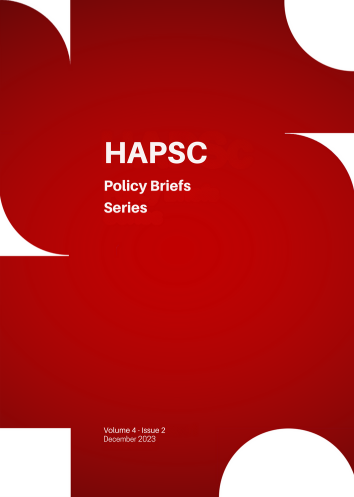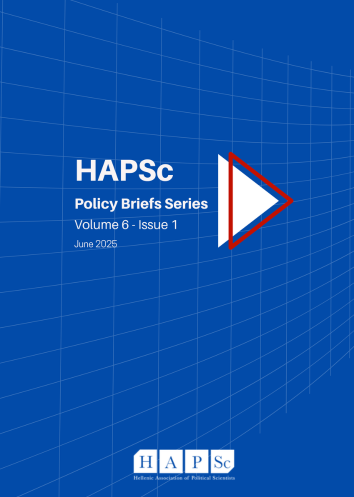The Impact of COVID-19 in Women’s Inequalities: Education, Employment, Healthcare and Abuse

Abstract
Social inequality is a social fact that occurs both within and between countries. Social class, gender, ethnicity, and disability are the main factors causing social inequality. The COVID-19 pandemic has led to an exacerbation of social inequalities, especially among vulnerable groups of the population. In this article, we examine impact of the Covid-19 pandemic on the inequalities experienced by women at an international level. In particular, its impact on inequalities in employment, education, health and violence and abuse are examined. A critical review of the relevant literature reveals an increase in women's inequalities in all the above areas and in some cases to a significant degree. For this reason, it is deemed necessary to strengthen women's participation in public discourse, to further develop structures and services for empowering and supporting women, especially those that belong in the most vulnerable groups, and to further develop relevant scientific research and studies on the issue.
Article Details
- How to Cite
-
Alevizos, A., Kaminas, A., & Katsika-Panousi, L. (2023). The Impact of COVID-19 in Women’s Inequalities: Education, Employment, Healthcare and Abuse. HAPSc Policy Briefs Series, 4(2), 194–202. https://doi.org/10.12681/hapscpbs.36714
- Section
- Articles

This work is licensed under a Creative Commons Attribution 4.0 International License.
Authors retain copyright and grant the journal right of first publication with the work simultaneously licensed under a Creative Commons Attribution License that allows others to share the work with an acknowledgement of the work's authorship and initial publication in this journal.



